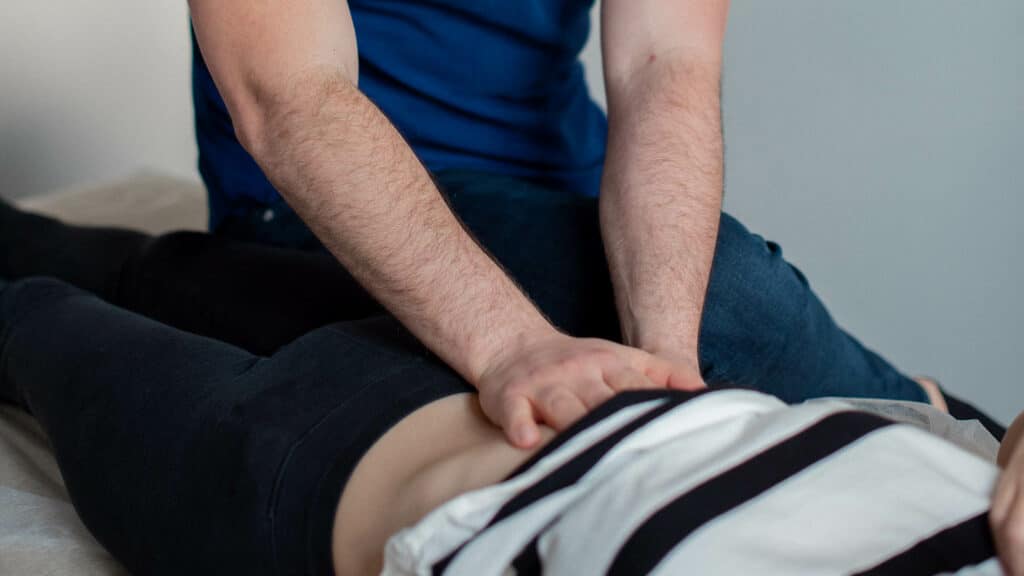
Complications after childbirth can be a consequence of a so-called “difficult birth”. This includes, among others, a too fast or too long delivery, as well as the use of instruments such as vacuum or forceps. It is important to note that an osteopath can help both the mother and the child deal with complications after a difficult birth. It is recommended to start therapy as early as possible, as even a few weeks after birth.
When can an osteopath help with complications after childbirth in a child?
It happens that with vacuum delivery, children have protrusions on the skull, and with forceps, the skull bones can even be damaged. An experienced osteopath can restore symmetry and “place” the bones in the right place. In addition, pulling the head, which accompanies the use of vacuum or forceps, can also cause damage to the brachial plexus, sometimes even a broken collarbone. While the latter is visible right away, tension in the brachial plexus area can cause symptoms after a few weeks or even years. Complications can also be caused by hypoxia, which is a common complication of a difficult birth. The result of hypoxia can be, for example, decreased muscle tone or various traumas in the child’s body that are not visible at first glance. An osteopath who takes a holistic approach (i.e., looks at the whole organism and all tissues and organs) can help eliminate the traumas and tensions resulting from hypoxia. There are also less obvious symptoms that are not always associated with complications after childbirth, such as colic, regurgitation, sleep problems, irritability, preference for one side, neck stiffness, leg asymmetry, and skull deformities. In the future, this can cause problems with learning, concentration, and motor skills. In such cases, the work of a pediatric osteopath involves eliminating the tensions by acting on the internal organs, skull, spine, and brain of the child.

